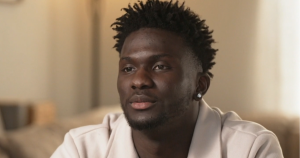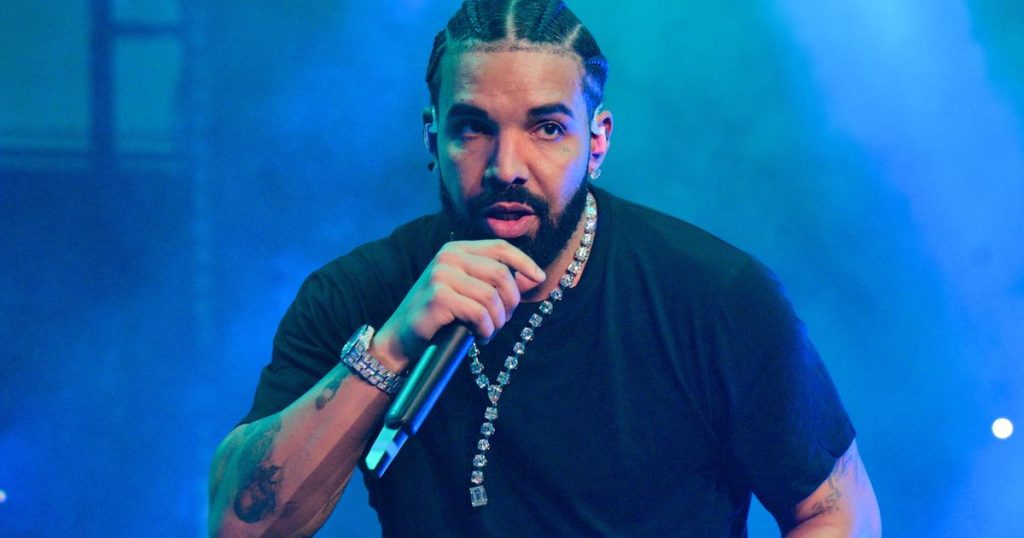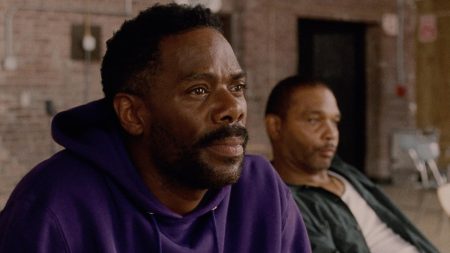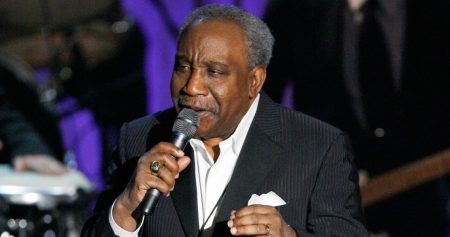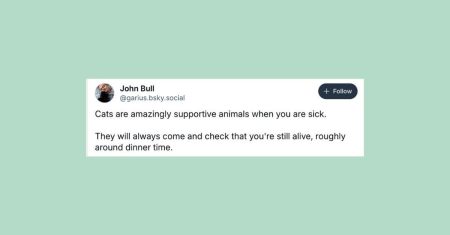Drake’s Ongoing Struggle to Move Past Rap Beef and Rediscover His Musical Identity
Drake’s latest musical endeavor, “$ome $exy $ongs 4 U,” a collaborative R&B-centric album with longtime producer and friend PartyNextDoor, arrives at a time when the rapper is clearly trying to pivot away from the chaotic rap beef that dominated his year. Despite his efforts to shift focus, the lingering effects of his high-profile feud with Kendrick Lamar continue to shadow his every move. The album, released just days after Valentine’s Day, is a nostalgic throwback to Drake’s earlier “Heartbreak Drake” era, featuring moody tracks like “CN Tower,” “Crying in Chanel,” and “Spider-Man Superman.” Yet, it’s hard not to see this release as a strategic attempt to distance himself from the aftermath of his lyrical sparring with Lamar, which left many fans and critics underwhelmed.
The timing of the album’s release couldn’t be more charged. It coincided with the fallout from Lamar’s record-breaking Super Bowl halftime show performance, where Drake’s name was name-dropped in a way that left him on the receiving end of yet another public jab. While Drake framed the album as a romantic escapade timed for Valentine’s Day, it’s clear this project is as much about rebranding his image as it is about reviving his musical legacy. The problem? Fans and critics alike see through the veneer. Drake’s inability to let go of the past, whether through subtle jabs on songs like “Gimme a Hug” or his recent legal battles, raises the question: how can he expect the public to move on if he himself can’t stop revisiting the drama?
The Album’s Nostalgic Appeal and Its Larger Purpose
“$ome $exy $ongs 4 U” is undeniably a calculated move to remind fans of Drake’s roots as a sensitive, R&B-infused rapper who once dominated the charts with his emotive “sing-rap” style. The album’s 21 tracks are a clear nod to his earlier work, evoking memories of his breakthrough mixtapes and the days when he was more focused on crooning about love and heartbreak than engaging in lyrical battles. Tracks like “Gimme a Hug” and “Crying in Chanel” are designed to reconnect with his core audience, particularly his female fanbase, which has felt alienated by his recent antics.
However, for all its nostalgic charm, the album struggles to fully escape the shadow of Drake’s ongoing feud with Lamar. The project’s release came hot on the heels of Lamar’s history-making Grammy wins and his electrifying Super Bowl performance, both of which only further cemented his status as hip-hop’s reigning king. Drake’s legal battles, including a lawsuit against his record label for overpromoting Lamar’s “defamatory” diss track “Not Like Us,” only add fuel to the fire. These actions suggest a man still deeply embroiled in the drama, rather than one truly focused on creating music for the sake of artistry.
The Challenge of Rebranding After Public Embarrassment
Drake’s recent actions, both musical and legal, paint a picture of an artist desperate to reshape his public image. His decision to release an R&B album, while a smart strategic move to evoke nostalgia, also feels like an attempt to distract from the fallout of his feud with Lamar. The album’s release was likely intended to shift the narrative, but it’s unclear how effective it’s been in achieving that goal. While die-hard fans have embraced the record, critics and casual listeners remain divided, with many viewing the project as another chapter in Drake’s ongoing struggle to reclaim his mojo after a series of public embarrassments.
In many ways, Drake’s recent behavior—whether through his music, legal filings, or social media antics—feels like a desperate bid to regain the admiration of his audience. His inability to let go of the past, coupled with his increasingly toxic public persona, has alienated some of his most loyal supporters. The Drake of today is a far cry from the artist who once charmed fans with his vulnerable lyrics and relatable charm. Instead, he’s become a figure defined by bitterness, defensiveness, and a reluctance to evolve.
The Path Forward for Drake
For Drake to truly move on from this toxic cycle, he needs to confront his past head-on. Whether through a candid interview or a reflective song, addressing the feud with Lamar in a way that shows growth and accountability could be the key to redemption. By acknowledging his mistakes and embracing change, Drake could begin to rebuild trust with his audience and reignite his creative spark. Until then, his attempts to shift the narrative will likely fall flat, leaving fans and critics alike wondering if the Drake they once loved is gone for good.
